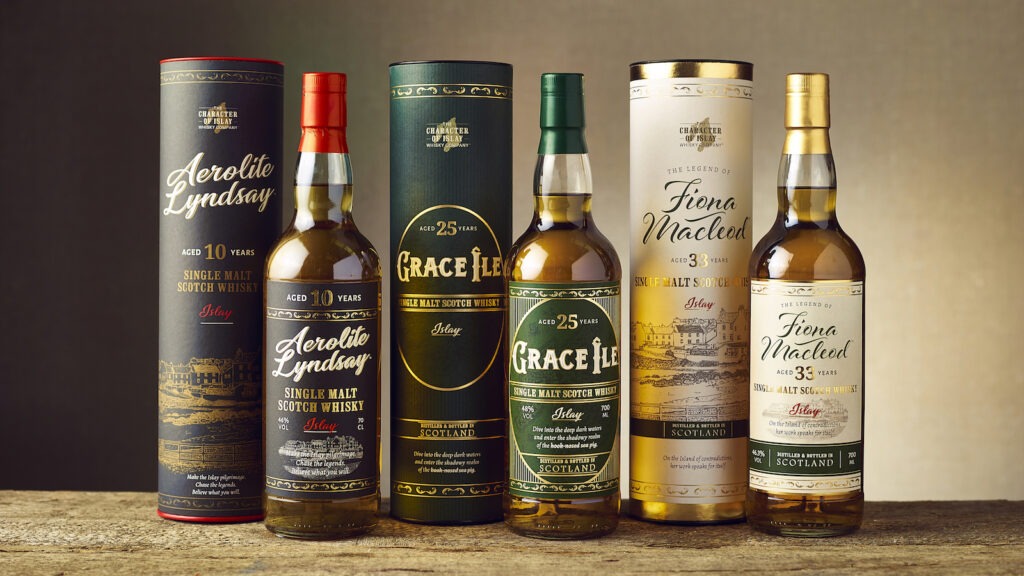Introduction
700 ml vs. 750 ml isn’t merely a matter of size—it represents a transatlantic clash of metrics, taxation, and consumer psychology. For brands navigating these nuances, partnering with the right 700ml glass liquor bottle supplier becomes critical. Europe’s more streamlined 700 ml bottle reduces shipping costs by 12%, while America’s 750 ml “fifth” adheres to Prohibition-era calculations. Savvy brands excel in navigating both markets.
Understanding the Basics
The Importance of Bottle Size
50 ml is not a trivial amount; it represents the difference between seamless compliance with EU regulations and expensive retrofitting for the US market. For brands, bottle size influences taxes, shelf space, and perceived value almost instantly. As a leading 750ml liquor bottle manufacturer in China, we help brands leverage this ideal capacity while adding competitive advantages.
Standardization in the Industry
750 ml bottle size was the standard until the European Union’s metric shift in 1992 established 700 ml as the global export standard. This change forced brands to choose between adhering to US traditions and embracing EU efficiency. Savvy companies now hedge their bets by offering both sizes.
The 700 mL Glass Bottle
Common Uses for 700ml Bottles
700 ml bottles dominate metric markets such as the UK, EU, and Australia for spirits like whiskey and vodka. These sizes align with local regulations and consumer expectations. In contrast, the United States adheres to the 750 ml standard due to legacy practices. To maximize their reach, global brands often produce both sizes.
Regions Where 700 ml Bottles Are Popular
Europe and Australia are significant adopters of the 700 ml standard, which has become the global benchmark for spirits exports due to its compliance with EU regulations and shipping efficiency. Many brands are transitioning away from the 750 ml bottle size outside the United States, where it continues to be the standard due to historical practices. This shift streamlines production processes but presents challenging decisions for the American market. The disparity highlights the ongoing tensions between metric and imperial systems in global trade.
Pros and Cons
Pros:
Complies with European Union regulations.
Slightly lighter and more cost-effective to ship.
Standard shelf sizes are more convenient.
Cons:
Slightly reduced quantity for the same price.
This is not ideal for markets that are exclusively based in the U.S.
The 750 mL Glass Bottle
The Industry’s Favorite
750 ml remains the standard in the United States and Canada—a legacy from the Prohibition era that consumers have come to expect. This fifth measurement aligns with bar pours and tax brackets, while Europe’s 700 ml metric standard prevails globally.
Popularity in the United States and Beyond
This size is so deeply ingrained in North American regulations and consumer preferences that it is difficult to eliminate it in that region.
Pros and Cons
Pros:
Preferred Sizes in the U.S. and Canada
Provides more products to consumers.
This product is compatible with existing bottling and shelving systems.
Cons:
May not comply with the new global export laws.
Slightly heavier, resulting in higher shipping costs.
700 ml vs. 750 ml: Key Differences
Volume and Capacity
The most noticeable difference is that 700 ml provides 50 ml less than the standard size. This amount is roughly equivalent to a standard shot of liquor. For most casual drinkers, this may not seem significant; however, it can certainly impact pricing and influence how people perceive value.
Regulatory Differences
Back in 2021, the European Union established 700 ml as the official standard for spirits. Meanwhile, the United States had maintained 750 ml bottles for a long time; however, they have recently relaxed regulations and now permit 700 ml bottles for imports as well.
Cost Considerations
Less liquid means slightly lower production and shipping costs. But for premium brands, the visual and pricing expectations of 750 ml are still influential.
Shipping and Storage Factors
A smaller, lighter bottle means less space and weight when shipping—which adds up to big savings on costs and carbon footprints when you’re moving lots of product.
Consumer Perception
Do Consumers Notice the Size Difference?
Honestly? Most people don’t even notice. Unless you’ve got them side by side or you’re a real spirits expert, that 50 ml difference is practically invisible.
Psychological Impact of Packaging
Let’s be real—most shoppers see a bigger bottle and instantly think ‘better deal.’ It’s like how we all feel ripped off when a chip bag is half air! A smaller bottle might be seen as a cost-cutting move—unless the branding explains the reason clearly.
Business and Branding Perspective
Impact on Product Pricing
Here’s the million-dollar question: Slash prices for the smaller bottle and take a hit, or keep ’em steady and risk pissing people off? Either way, it’s a gamble.
Brand Identity and Consumer Trust
Look, people aren’t stupid—if you’re switching to 700 ml, just tell them why. Sustainability? Regulations? Spell it out. Trust beats silence every time.
Environmental Considerations
Waste and Sustainability
Smaller bottles = less glass, less wasted booze, and fewer delivery trucks guzzling gas. In 2024? That’s not just smart—it’s expected by planet-conscious drinkers.
Material Usage and Recyclability
Good news: 700 ml bottles work exactly like the 750s you know—same shape, same recycling bin. Only difference? Less waste from the start. But their reduced volume contributes marginally to less glass waste overall.
What Should You Choose?
For Manufacturers
Going global? 700 ml might be the smarter move. Staying in the U.S.? Stick with 750 ml to match consumer expectations.
For Retailers
Offer both when possible. Let the market decide. It’s also a great way to test which size performs better with your customer base.
For Consumers
Think about your priorities. Want more value per purchase? Go for 750 ml. Want to try new international brands? You’ll probably find them in 700 ml.
Conclusion
Okay, let’s break it down: At first glance, 700 ml vs. 750 ml seems like splitting hairs—it’s just a sip’s worth of difference, right? But that tiny 50 ml gap? It’s secretly a big deal.
For makers, it’s the glass costs, shipping weight, and navigating EU vs. US rules. For stores, it’s pricing psychology—will customers feel shortchanged? And for drinkers, it’s trust: ‘Wait, why’s my bottle smaller?’


